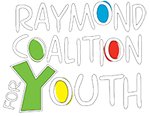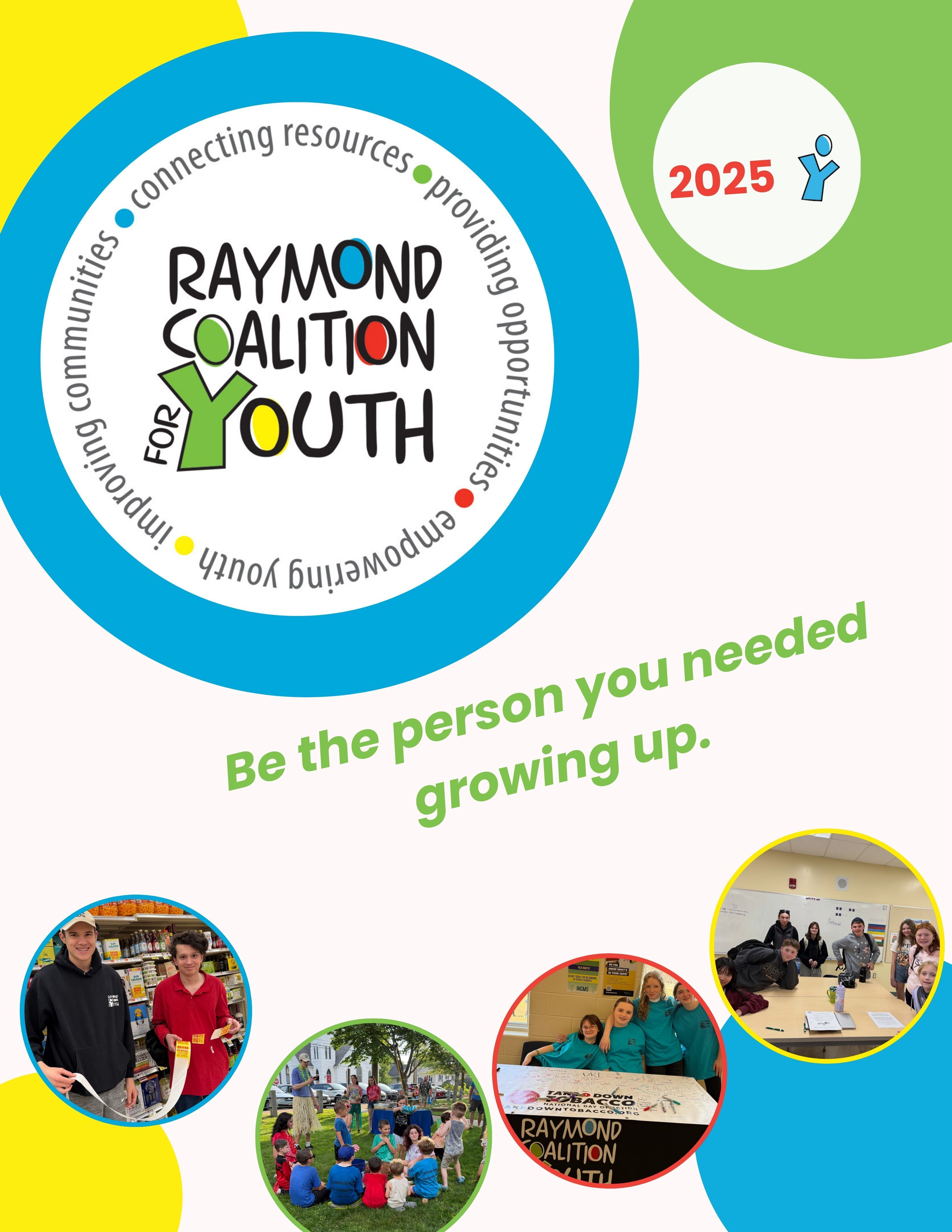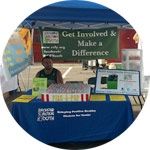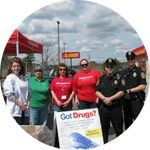ABOUT US
The Raymond Coalition For Youth is a bipartisan coalition that works with everyone in our community, across all sectors of the community.
Our goal is to engage, educate, and empower everyone with the understanding that mental health and substance misuse impacts and affects everyone in a community. It does not care how much money you have, where you live, or whom you vote for.
RCFY is made up of individuals, businesses, and organizations who work together to promote health and wellbeing while supporting mental health and substance misuse awareness and prevention, which includes limiting access to harmful substances.
Our partners include our elected officials at a local, regional, state, and federal level from all political parties. RCFY as an organization does not endorse any individual candidate or party. We do however work to provide information and awareness to have informed candidates who understand the issues our youth are dealing with that impact their ability to live healthy, happy lives.
The use of RCFY intellectual property does not constitute an endorsement of the Raymond Coalition For Youth.
Click on the image below to view a full-color 2025 Annual Report
OUR MISSION IN ACTION
Identifying a comprehensive selection of evidence-based substance abuse prevention strategies/interventions is vital to implementing effective substance abuse prevention efforts in your community leading to positive change. It is equally vital to implement each of the evidence-based strategies/interventions you select in the most comprehensive manner possible.
CADCA’s Seven Strategies for Creating Effective Community Change can assist your coalition or planning group with identifying appropriate and timely action steps to create in a comprehensive action plan for strategy/intervention implementation.
-
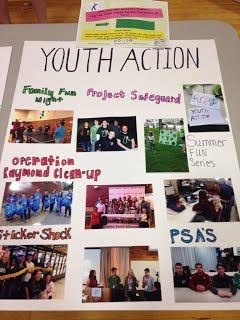 1. Sharing Information
1. Sharing InformationProviding information and educational presentations, workshops, seminars, or other presentations of data (e.g., public announcements, brochures, dissemination, billboards, community meetings, forums, web-based communication)
-
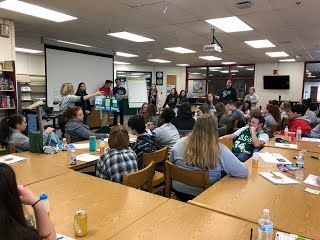 2. Enhancing Skills
2. Enhancing SkillsThrough workshops, seminars, or other activities designed to increase the skills of participants, members, and staff to achieve population-level outcomes (e.g., training, technical assistance, distance learning, strategic planning retreats, curricula development)
-
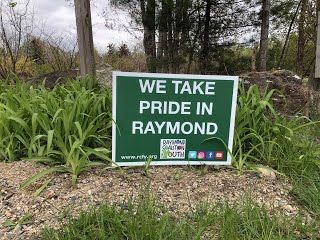 3. Providing Support
3. Providing SupportCreating opportunities to support people to participate in activities that reduce risk or enhance protection (e.g. providing alternative activities, mentoring, referral, support groups or clubs)
-
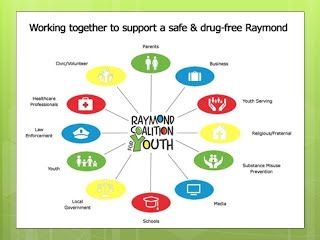 4. Enhancing Access/Reducing Barriers
4. Enhancing Access/Reducing BarriersImproving systems and processes to increase the ease, ability, and opportunity to utilize those systems and services (e.g., assuring healthcare, childcare, transportation, housing, justice, education, safety, special needs, cultural and language sensitivity)
-
 5. Changing Consequences (Incentives/Disincentives)
5. Changing Consequences (Incentives/Disincentives)Increasing or decreasing the probability of a specific behavior that reduces risk or enhances protection by altering the consequences for performing that behavior (e.g., increasing public recognition for desired behavior, individual and business rewards, taxes, citations, fines, revocations/loss of privileges)
-
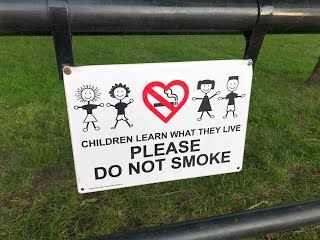 6. Changing Physical Design/Making Environmental Changes
6. Changing Physical Design/Making Environmental ChangesChanging the physical design or structure of the environment to reduce risk or enhance protection (e.g., parks, landscapes, signage, lighting, outlet density)
-
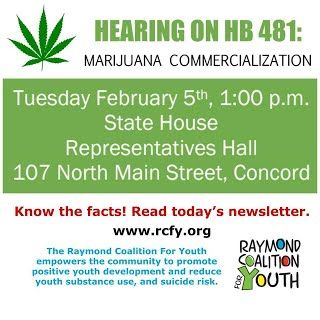 7. Modifying/Changing/Developing Policies
7. Modifying/Changing/Developing PoliciesFormal change in written procedures, by-laws, proclamations, rules or laws with written documentation and/or voting procedures (e.g., workplace initiatives, law enforcement procedures, and practices, public policy)
